I recently discovered six pages of 35mm Tri-X negatives of the May, 1968 running of the United States Road Race of Champions (USRRC) at Laguna Seca. I scanned them on a not-very-good flatbed scanner, and will be posting some of them over the next couple of days.
Photographically, they’re not much.
However, as a look at motor racing almost fifty years ago, they show just how much things have changed.
The cars were not so precisely engineered. In fact, some of them look thrown together in somebody’s garage.
The variety of vehicle designs is striking. This class shared the — very short — rulebook with the Can Am cars of the era. The USRRC races were in the spring; the Can Am ones were in the fall. The general plan was to put a big honking America V8 amidships of a purpose-built roadster-style race car. In fact, all the cars in this race, save a Porsche 906 driven by Milt Mitner follow that formula. Bruce McLaren made bodies and chassis which he sold to others. You will see many of these cars in the pictures, although you won’t see the ones that Bruce and his driver Denny Hulme campaigned at this race; they sat it out for some reason.
There were RVs in the pits, but none of the huge support vehicles and purpose-built transporters that characterize racing today. Also absent was any noticeable sponsor or VIP presence; most of the people in the pits were there to drive or work on the cars, or friends and family of those people.
Let’s look a some of the drivers:
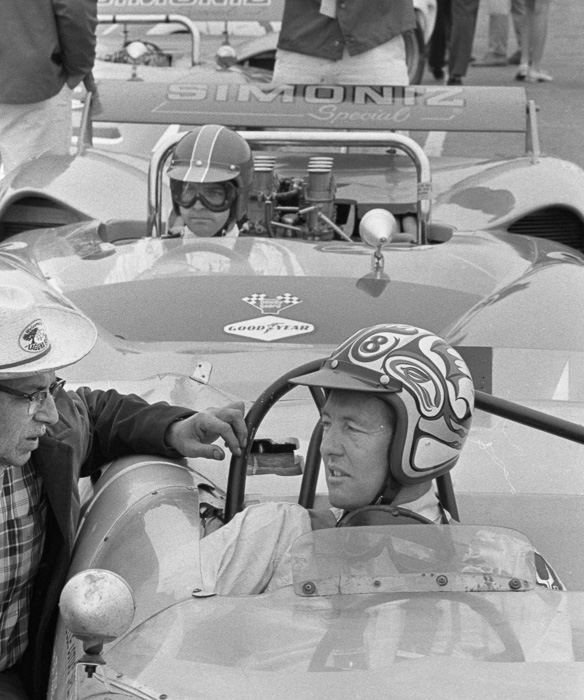
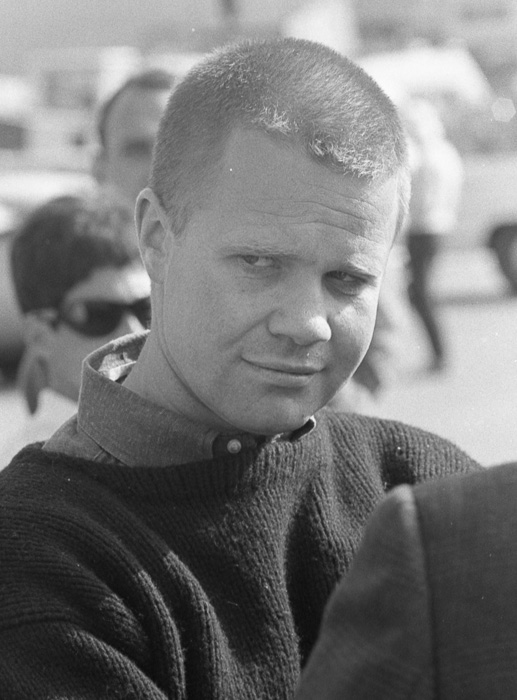
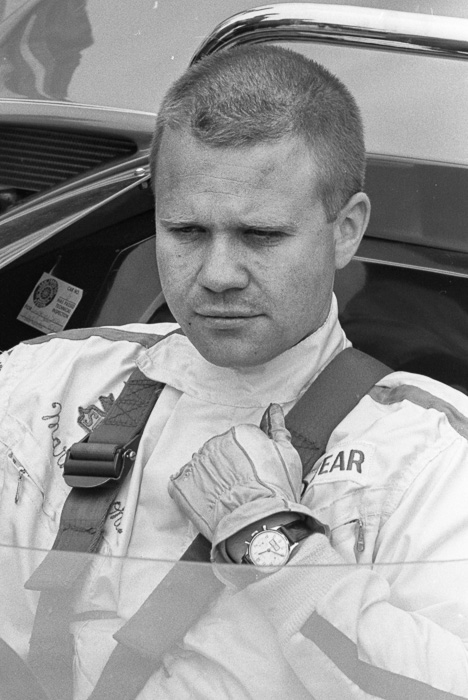
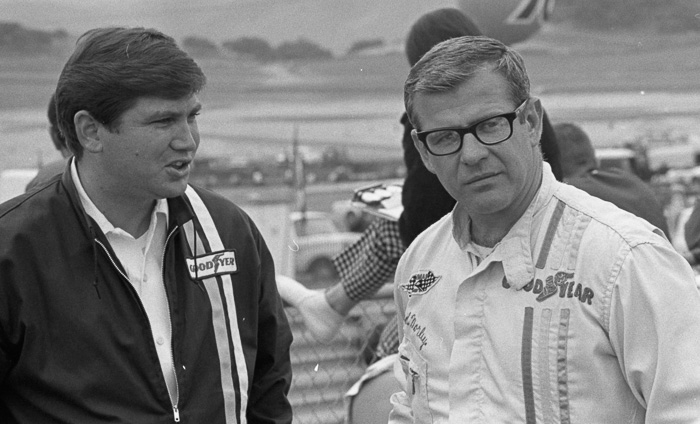
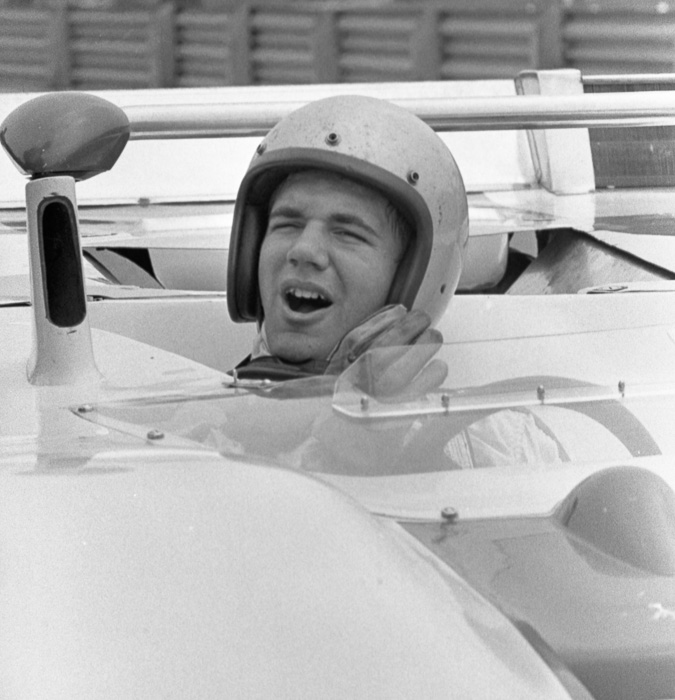
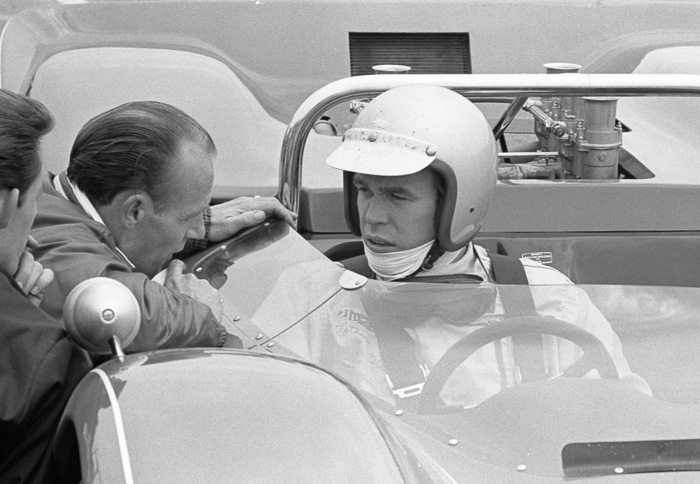
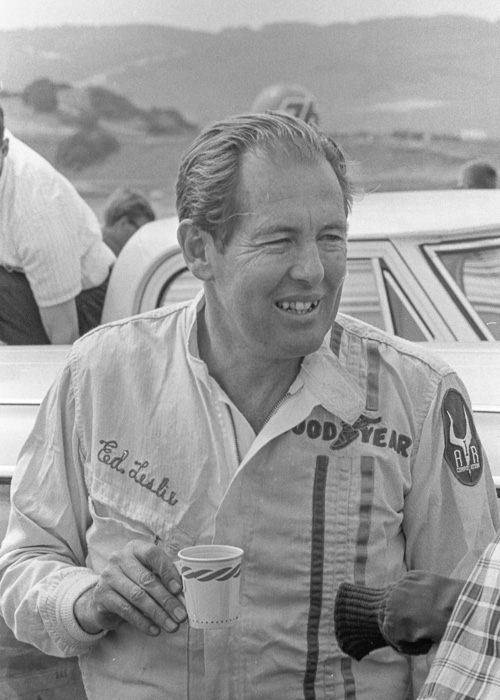
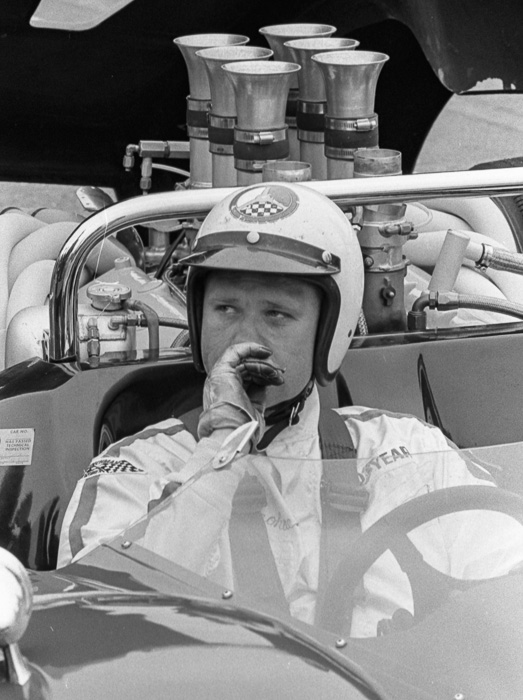
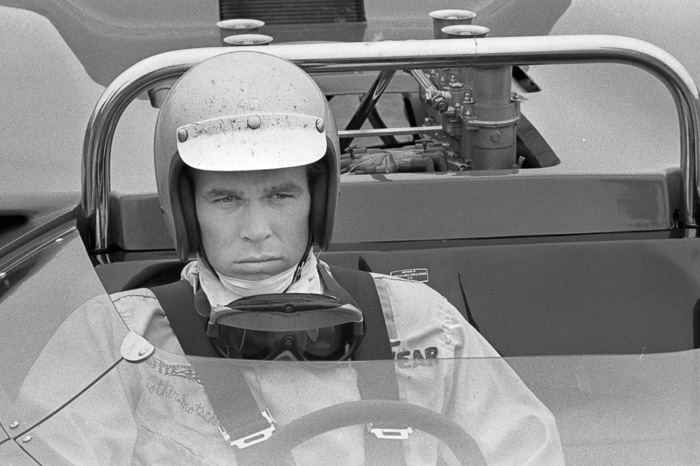

Good stuff! I remember those days very well. The cars were very fast (and not particularly safe), the engineers didn’t have the advantages of high-powered computers to help with calculating drag coefficient, etc., and the drivers were brave. Thanks!
As an aside, I now am beginning to use the Sony Ar7iv and 200-600 for bird photography here in Florida and am looking forward to the winter birding season. My Nikon 600/4 was getting a bit heavy for this old man.